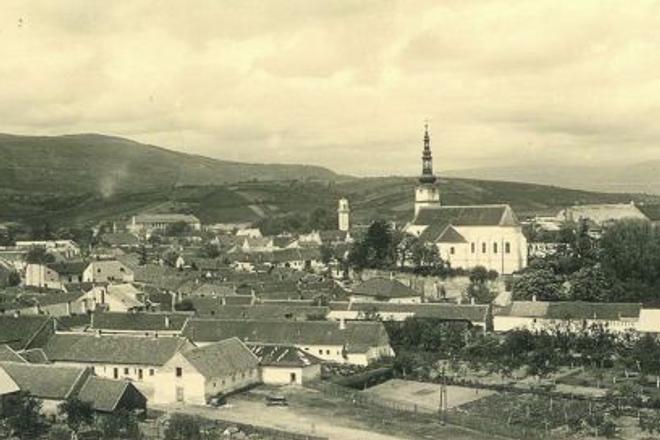NOVÉ Mesto nad Váhom is a typical example of a town which emerged at crossroads of trade routes. The region along the Váh River, called Považie, was one of the busiest trade areas in the territory of Slovakia as it was also intersected by a road from Moravia.
The name literally means ‘new town on the Váh’ though the word ‘nové’ (new) was not in its original name. A settlement stood at the same site before 1241 but was destroyed in that year by the Tatars. Nové Mesto seems to have attracted disasters, not by a fatal predestination but rather by the town’s location. It lies on flat land, close to a major river, and as armies moved through Považie they usually tried to conquer it.
After the Tatars, the Hussites terrorised all of western Slovakia for several decades. Nové Mesto received its biggest blow in 1599 when it was attacked by the Ottomans. During that attack a wide area around the town was destroyed and the only safe refuge was nearby Beckov castle. Incredibly, 13,000 residents from the region were confined to the castle and later told tales of the extent of the region’s destruction.
Later, the Hungarian nobleman Štefan Bočkaj invaded the town, after which it was “liberated” from his rebel group by the emperor’s army. The form this “liberation” took can be observed from the horrendous number of casualties, 500, as the army of Ferdinand II plundered Nové Mesto.
This postcard from 1942 shows Nové Mesto’s small-town character. Other than the town’s old church, no other tall buildings can be seen.


